Defining a Sculpture's Comfort Zone 2025
Installation at Kunstraum Memphis, Linz 2025
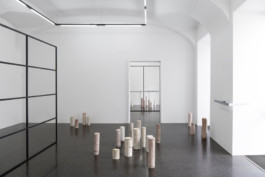
Marit Wolters, Defining a Sculpture's Comfort Zone, 2025, Installation view
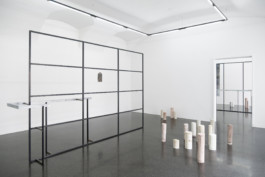
Marit Wolters, Comfort Zone, 2025, Stainless steel, steel, lacquer, 334x230 cm
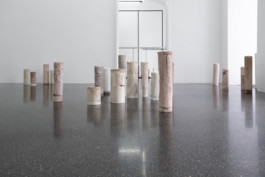
Marit Wolters, Grete's Legacy, 2022, Aerated concrete with materials from Villa Tugendhat, Dimensions variable
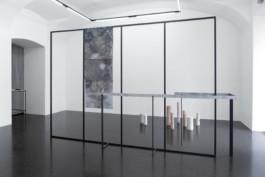
Comfort Zone, 2025, Stainless steel, steel, 334x230 cm
Soft Shell (after Mies van der Rohe), 2025, flag fabric, 270x125 cm, folded
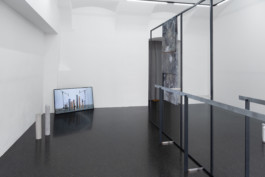
Marit Wolters, Defining a Sculpture's Comfort Zone, 2025, Installation view
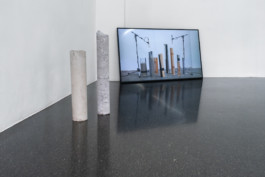
Marit Wolters, The Other Living, 2024, Video Loop 12 mins
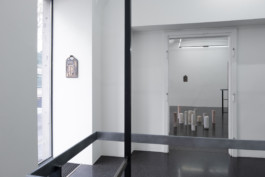
Marit Wolters, Defining a Sculpture's Comfort Zone, 2025, Installation view
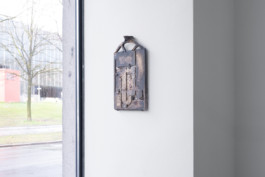
Marit Wolters, Pathfinder, 2022, Bronze, approximately 35x22 cm
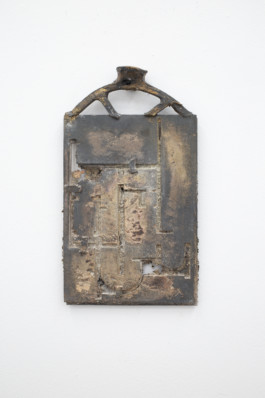
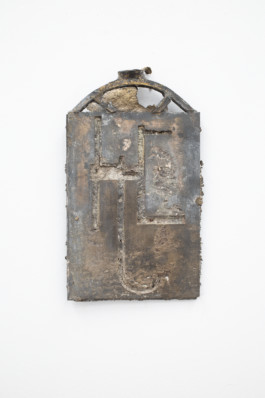
Marit Wolters, Pathfinder, 2022, Bronze, each approximately 35x22 cm
A soft crackling, accompanied by popping sounds, fills the room – a sonic irritation that suggests movement while the sculptures themselves remain static. In "Defining a Sculpture’s Comfort Zone," artist Marit Wolters explores the transitions between sculpture and architecture. Her works showcase a fascinating materiality where physical and chemical processes intertwine with aesthetic considerations. Wolters experiments with aerated concrete, a material that expands into a voluminous, porous state through chemical reactions. The cylindrical sculptures in the exhibition, reminiscent of architectural elements such as columns but also evoking natural formations like tree trunks or geological drill cores, are the results of this process. The artist allows the material its own dynamic and poses the question of how site-specific works relate to other spaces.
The exhibition is complemented by grid structures, reliefs, and printed fabrics that reference Wolters' previous works related to Ludwig Mies van der Rohe’s iconic Villa Tugendhat. The exhibition takes up these site-specific references and transfers them into Kunstraum Memphis – a reflection on the relationship between sculpture and space as well as the transferability of spatial references.